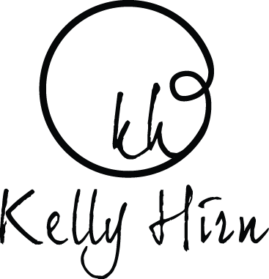When it comes to my kids, I tell them just like I see it. I don’t sugar coat or lie about things they want to do. I don’t bubble wrap them or take a bunch of precautions to keep them from getting hurt. I just don’t, and never have. When they were crawling down steps, I’d let them try the last couple independently, you have to fall or wobble to learn how to come down. When they wanted to tube behind the boat, I explained you will get water in your face and you will eventually fall out. Just recently my middle son had built a jump for his dirt bike. He was proud and confident in his work, until he was on the bike preparing to take the jump for the first time. He asked if he was going to fall. I told him flat out, ‘If you take your bike off that jump you’ll probably fall the first time, it will hurt, and you’ll go again. You might even break a bone but very unlikely and you have the same chance of that tomorrow. There is no way to get better if you don’t try so if you want to be able to jump it, you’ll have to take the risk.’ Now, he did have his helmet, boots, pads, gloves, etc (so no bubble wrap but we do take appropriate precautions) I knew that if he fell, which he did on maybe the 5th try that was actually the first true jump attempt, we had prepared him for what he was about to do both in the moment and leading up to it (he’s been riding for the better part of a year).

I take a very similar approach in working with my team. There is no sugar coating or pretending, there is graceful realism. When we’re working on a project and they start looking to me for answers they could come up with I respond with things like, ‘It sounds like you could go left or right here. If you go right you’ll capture most of the information accurately, some will be missed, and what is missed might cause us to get a fine. If you go left you’ll spend a lot more time and money but capture everything. This might cause a customer service delay and more work for the group but it will be 100% accurate. What is the overarching goal on this one accuracy, service, speed, …?’ I realize I didn’t answer their question and that was intentional.
In that moment, either next to the dirt bike jump or in the conference room, my intention wasn’t to tell anyone what to do or even to teach on any specific topic. It was to model how to make a good decision. I want them (my kids and my team members and everyone else really) to learn how to make a good decision regardless of what situation they are in. There are different ways to make a decision and while some people feel like they do it intuitively or others are extremely calculated, I take a more middle of the road approach.
When I want to make a decision I need to:
1. Understand the risks and benefits and likelihood of each
2. Consider the worst case scenario specifically and the likelihood of that
3. Consider the overall goal or intention that this decision is involved in
4. With all of that in mind I can decide what path supports the goal and if/what I need more (information or resources) to account for any risks
It is number 3 that is really important. Consider what the end goal is and how this decision will support it. That is the number one thing that is needed but also gets missed in decision making. People get bogged down with understanding the risks and the up-side, tallying up the lists on both sides of a pro-con list. Sometimes they get stuck on the best and worst case scenarios. Those are good things to understand but its the overlay of that with the goal that brings the clarity. If your goal was ‘self preservation’ (my mom reminisces over this primary goal of mine as a child) hitting a dirt bike jump, with all of its fun upside and low chance of true injury, would have been a hard pass. If the goal is first and foremost customer service, then you’ll just have to account for accuracy or accept the risk that it will be less than perfect.

Photo by Olya Kobruseva on Pexels.com
What is your decision making framework? If you think you don’t have one, I’ll just say flat out you’re wrong, you have one you’re just not aware you’re doing it. I encourage you to start thinking through how you’re making decisions big and small. It could be anything from should I make a little more coffee to should I buy a new home to what is the best path for my children. Once you understand your process I would encourage you to add in the overlay with the primary goal. Determine what that is for you and for the company, organization, or community around you, and set up your decisions in support of that goal.
